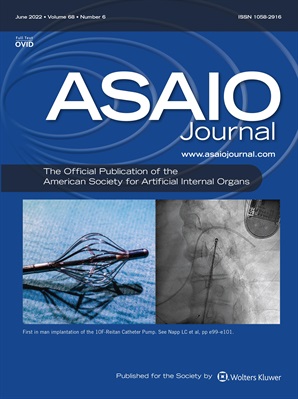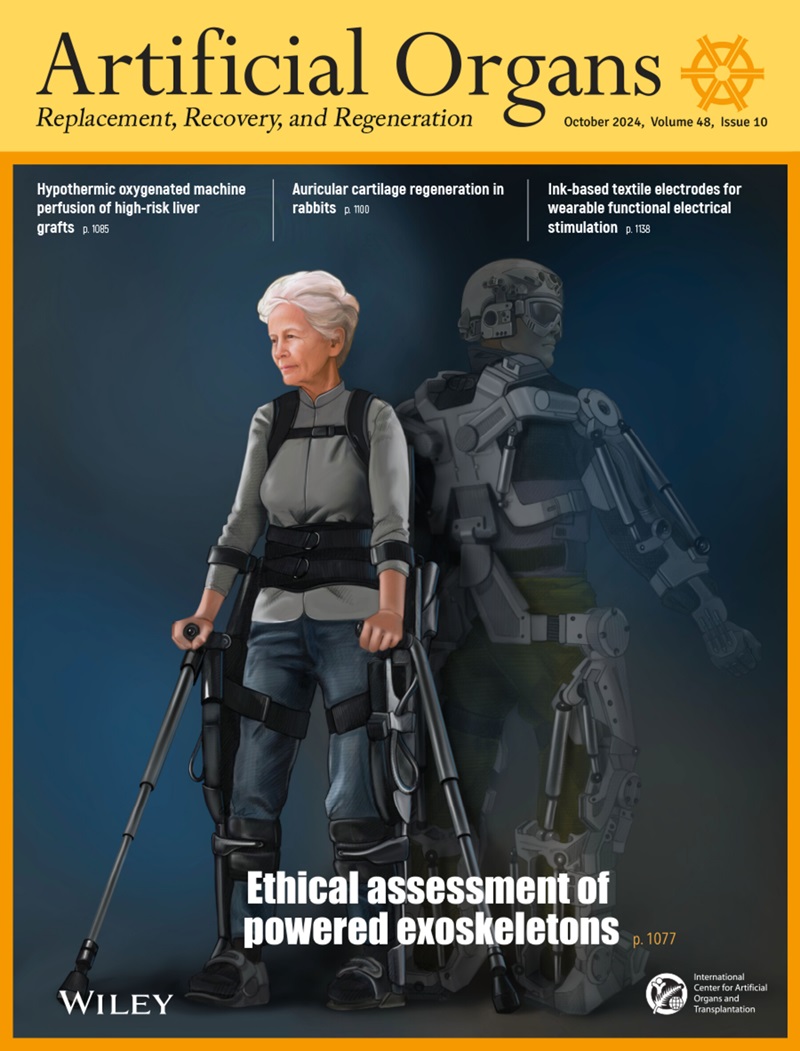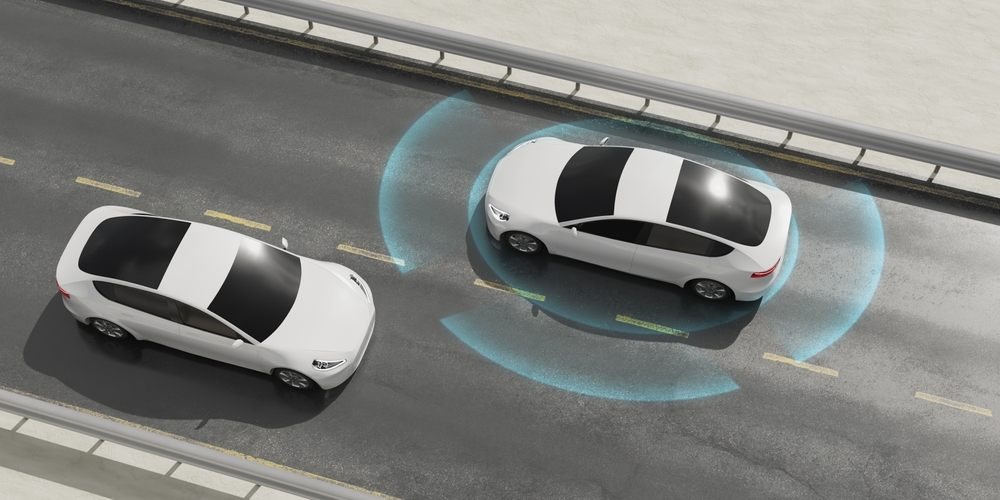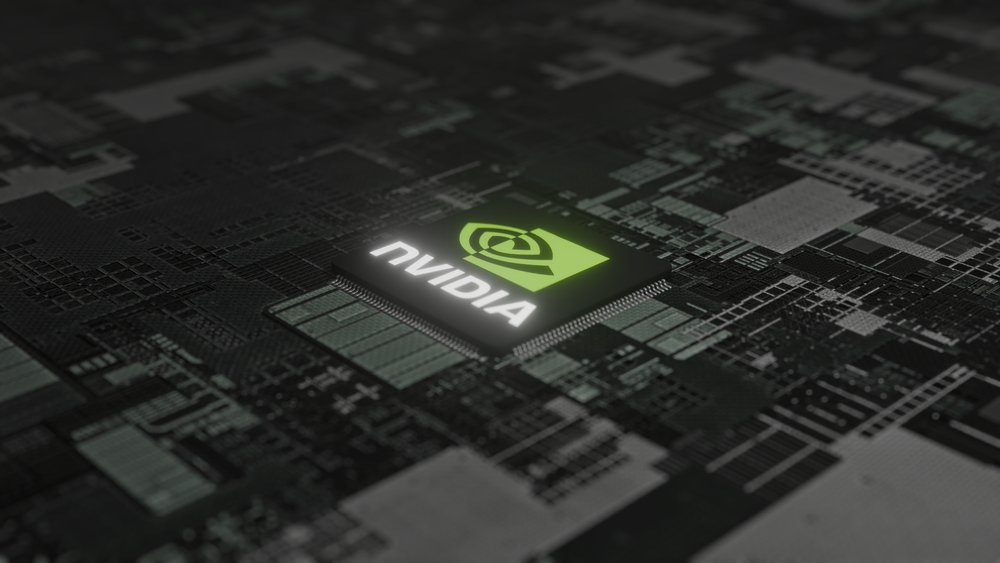Updated September 21, 2023
Computational Fluid Dynamics Model of Continuous-Flow Total Artificial Heart: Right Pump Impeller Design Changes to Improve Biocompatibility
Authors: Mark S. Goodin*, David J. Horvath, Barry D. Kuban, Anthony R. Polakowski, Kiyotaka Fukamachi, Christine R. Flick, Jamshid H. Karimov
*SimuTech Contributor
Abstract
Cleveland Clinic is developing a continuous-flow total artificial heart (CFTAH). This novel design operates without valves and is suspended both axially and radially through the balancing of the magnetic and hydrodynamic forces. A series of long-term animal studies with no anticoagulation demonstrated good biocompatibility, without any thromboemboli or infarctions in the organs. However, we observed varying degrees of thrombus attached to the right impeller blades following device explant. No thrombus was found attached to the left impeller blades. The goals for this study were: (1) to use computational fluid dynamics (CFD) to gain insight into the differences in the flow fields surrounding both impellers, and (2) to leverage that knowledge in identifying an improved next-generation right impeller design that could reduce the potential for thrombus formation. Transient CFD simulations of the CFTAH at a blood flow rate and impeller rotational speed mimicking in vivo conditions revealed significant blade tip-induced flow separation and clustered regions of low wall shear stress near the right impeller that were not present for the left impeller. Numerous right impeller design variations were modeled, including changes to the impeller cone angle, number of blades, blade pattern, blade shape, and inlet housing design. The preferred, next-generation right impeller design incorporated a steeper cone angle, a primary/splitter blade design similar to the left impeller, and an increased blade curvature to better align the incoming flow with the impeller blade tips. The next-generation impeller design reduced both the extent of low shear regions near the right impeller surface and flow separation from the blade leading edges, while maintaining the desired hydraulic performance of the original CFTAH design.
This article is now freely available here.
Copyright © ASAIO 2022.
About the SimuTech Contributor
Mark is a Principal Engineer with SimuTech Group. He has over 30 years of experience in the biomedical device field applying both CFD in the design of new products, including: rotary blood pumps used for heart support, blood oxygenators/heat exchangers used in open-heart surgery, artificial kidneys, rotational atherectomy devices, cardiac and thermal balloon catheters, and magnetic stem cell separators. Such modeling results can help clinicians to plan their surgical approaches and evaluate a new device’s performance under simulated clinical conditions.







